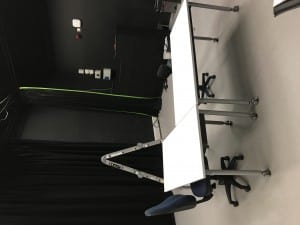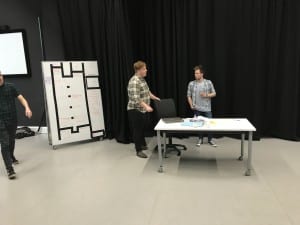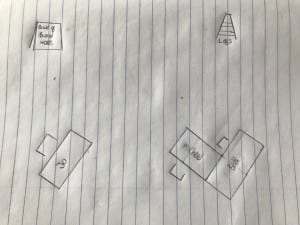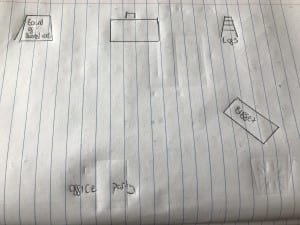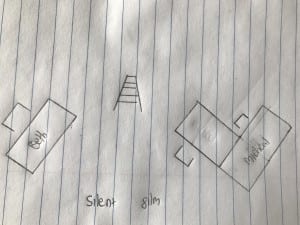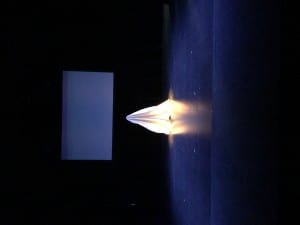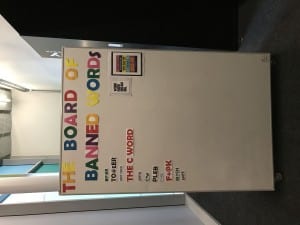Looking back on the process I had never imagined to create something as beautiful or fantastic as Kalopsia and I feel very proud of our debut show as a company. I feel the company’s work ethic and positivity has held us together as a collectively in trying new ideas and ways to create theatre. On reflection the performance was a huge success in conveying what we proposed in our ethos and mission statement through contemporary means of performance and an episodic structure.
The original performance changed a lot in our four months, through stages of looking at love, illness, disability, background. Until we realised what all of these things came to create: Individuality. From that point on I feel we where set on a goal of showing each character’s uniqueness, their hopes and aspirations through a vast range of delusions.
We have received strong feedback on the performance from a variety of audience members; and although it is difficult to pinpoint our audience demographic, from those that where there including Lecturers, family and friends, students and peers. I feel that our audience fell under categories outlined by Arts Council England including Meteroculturals – “Prosperous, liberal, urbanites interested in a very wide cultural spectrum” (Arts Council England, 2017). As well as Experience seekers – “Highly active diverse, social and ambitious, engaging with arts on a regular basis” (Arts Council England, 2017).
From this demographic it is also interesting to see that a range of different age groups that came to the performance, outside of these two categories, but I feel that these built up the majority of our audience. However it is interesting to see feedback from a broad spectrum allowing us as a company to grow and improve with the feedback that we receive.
Arts Council England (2017) Culture-based segmentation. [online] Available from http://www.artscouncil.org.uk/participating-and-attending/culture-based-segmentation [Accessed 28 May 2017].
